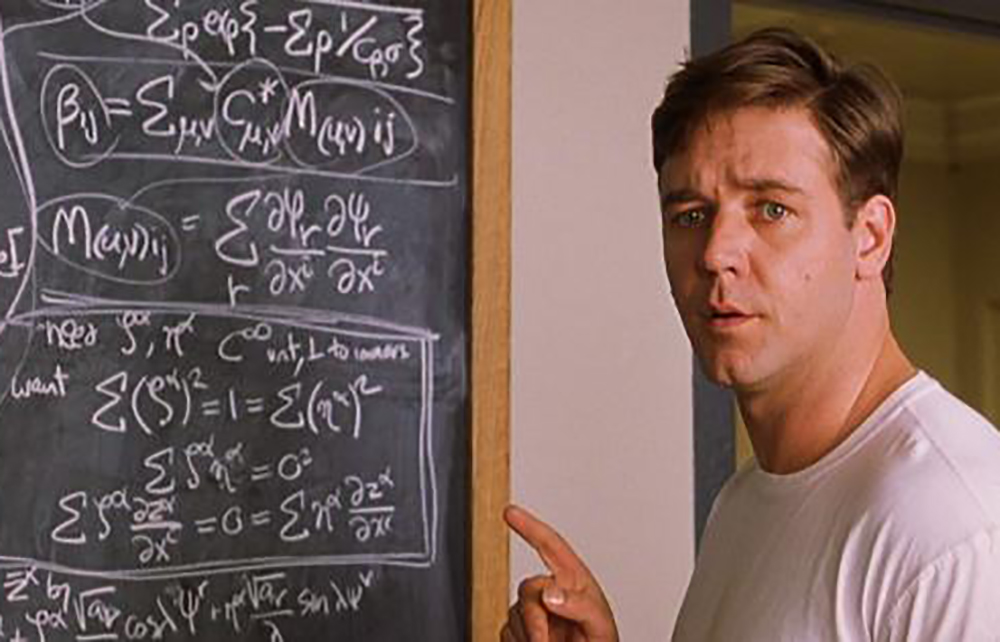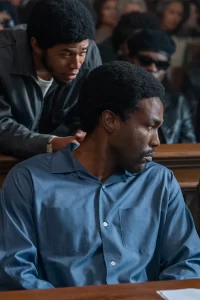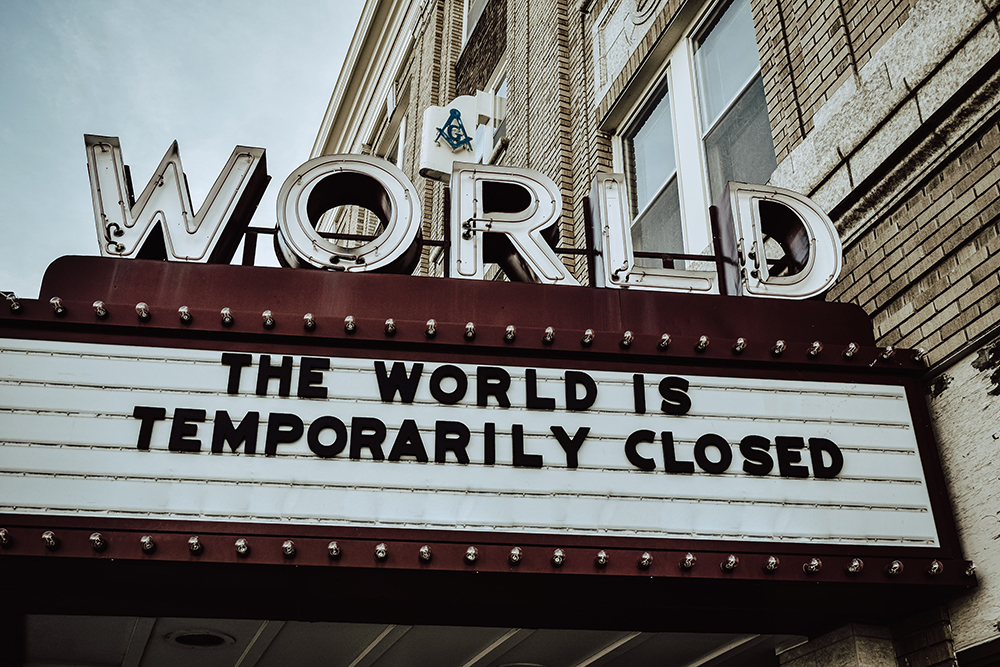There’s no denying that the Covid-19 pandemic changed nearly every aspect of our lives. For over two years, it felt like the world was flipped upside down. Just about everyone was impacted by the pandemic in some way.
Because art imitates reality, screenwriters and filmmakers have started to change their storytelling standards. That’s largely because audiences are expecting more from the films and shows they’re giving their time and money to.
Post-pandemic, many screenwriters are trying to capitalize on stories that people can relate to in this changed environment. They write films focusing on subjects like medical anxiety, social isolation, racial tensions, and social justice.
There have already been several films that have featured the pandemic itself, but few have broached what happens in the days after. Those are the stories people want to see and be a part of now. Aspiring screenwriters can tackle and utilize these themes to resonate with modern audiences.
Medical Depictions
Hospitals and doctor visits are extremely common in films and television shows. Some are even centered around the medical field. However, the healthcare industry has changed due to the pandemic, and it’s important that those changes are reflected in future films. Even common things like pregnancy may need to be written differently. While it might not seem as “exciting” for a woman to connect with her OB-GYN remotely, it’s more common than ever. Virtual visits and telehealth have become the norm for many conditions and general visits, including post-pandemic maternity care.
It’s also important to touch on how people’s feelings about the medical industry have changed. Being worried about going to the doctor is nothing new, but it may be exacerbated due to the pandemic. Some of the causes of medical anxiety include:
- Misconceptions about procedures;
- Previous bad experiences;
- A fear of doctors.
Using these themes in thriller or horror films can add a touch of realism to induce fear, even if other aspects of the script depart from reality at times. Other shows and films can be more medically accurate by depicting telehealth visits and newly found fears of pandemic outbreaks and subsequent diagnoses. Keeping these themes included can make a story seem up-to-date and won’t take the viewer out of it for being unrealistic or outdated.
Mental Health

Mental health conditions have been around since the beginning of time. However, they have evolved with environmental and societal changes. The COVID-19 pandemic’s effect on anxiety and depression is palpable, with worldwide instances of these mental health struggles increasing by 25%. Films surrounding mental health issues or featuring characters grappling with those issues need to be more realistic than ever.
Since more people are struggling with depression, anxiety, and other mental conditions, those depictions need to be strong. It’s important that viewers are able to see themselves and their struggles accurately on screen and that those conditions aren’t taken lightly.
There are many reasons mental health conditions spiked during the pandemic, including:
- Social isolation;
- Fear of the unknown;
- Changes in guidelines and restrictions;
- Loss of employment or lifestyle;
- Grief over losing loved ones;
- Misinformation.
While you don’t necessarily need to focus on stories about the pandemic, touching on things like social isolation and grief can be very powerful in a film, especially when you’re able to clearly capture what someone struggling with their mental health looks like.
Racial and Social Justice
While the COVID-19 pandemic was at the forefront of everyone’s mind for over two years, that doesn’t mean other issues across the globe came to a halt. Instead, we were faced with an uprising of social and racial justice issues and responsibility.
The Black Lives Matter movement became stronger than ever. We witnessed how the virus was impacting those in disadvantaged populations and began to scratch the surface of understanding the inequities across the globe when it came to various groups, organizations, and marginalized people.
Movies and shows depicting these topics can be important, powerful, and educational. However, it’s important to remember that you’re typically not just writing for a U.S. market. Throughout the pandemic, China became the world’s largest movie market. Nowadays, not every big-budget film is heading to theaters. Many are getting streamed right away so people can watch from the comfort of home.

That means the work you put out there could eventually be seen by a variety of cultures. Again, that’s why accuracy is so important when you’re trying to portray a specific group of people.
Embracing the Pandemic as a Storytelling Tool
There’s always room for fantasy and play when it comes to screenwriting. After all, you’re creating a new story, unless you’re putting together a documentary. Though, the pandemic did change so much about the way we live and what the future might look like. Being able to connect those dots and write with a sense of realism will make it easier for viewers to become invested in your work. They’ll see themselves, people they know, or even stories they’ve heard about on the screen and can immerse themselves into your work more fully.
If you’re a screenwriter, consider how the pandemic has changed things and take it into account as you work on your next project. Don’t ignore that it happened or the realities it’s caused us to face. Instead, embrace it as a storytelling tool.
By Frankie Wallace | Guest writer
Support the Site: Consider becoming a sponsor to unlock exclusive, member-only content and help support The Movie Buff!

